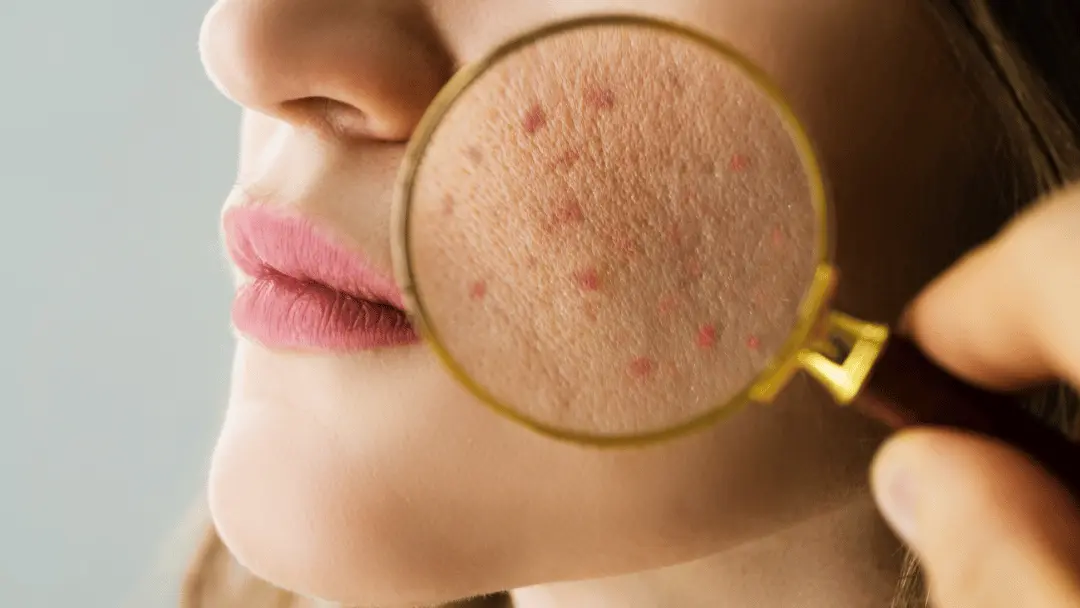Protect yourself from skin cancer risks and prevention methods.
Exploring the most up to date Developments in Dermatology: Mohs Techniques for Effective Skin Cancer Therapy
In the developing landscape of dermatology, Mohs surgical procedure has become a groundbreaking method in dealing with skin cancer cells. This method, recognized for its precision and effectiveness, has actually transformed the domain name, supplying a beacon of expect patients with basal and squamous cell cancers. As we unbox the complexities of this treatment and its side over conventional therapies, one can not help however contemplate the transformative potential Mohs surgical treatment holds for the future of skin cancer treatment.
Recognizing the Fundamentals of Mohs Surgical Procedure
A considerable number of people globally are progressively transforming to Mohs surgical procedure for skin cancer cells treatment. The efficacy of Mohs surgical procedure is impressive, flaunting the highest success price among therapies for skin cancer, with a reported five-year treatment rate of up to 99% for new cancers.
The Pioneering Function of Mohs Surgical Procedure in Treating Skin Cancer
Despite the myriad of skin cancer therapies readily available today, Mohs surgery holds a distinctive pioneering duty. Established by Dr. Frederic Mohs in the 1930s, this treatment has actually reinvented the field of dermatology by using the highest treatment rate for skin cancer clients. Mohs surgical procedure is particularly reliable in treating aggressive and persisting cancers cells, making it a favored selection for skin cancers cells located in cosmetically sensitive or functionally important locations.

The Procedure: A Step-by-Step Break Down of Mohs Surgery
Undertaking Mohs surgical procedure includes a careful, detailed procedure made to remove skin cancer while preserving healthy cells. The visible tumor is removed, adhered to by thin layers of skin bordering the location. Each layer is carefully taken a look at under a microscopic lense to look for cancer cells. If any type of are located, another layer is removed from the specific area where the cancer was detected. This procedure continues till no cancer cells are present in the skin sample. Unlike standard methods, Mohs surgical treatment allows the specialist to accurately figure out when the cancer cells has actually been entirely eliminated, minimizing the requirement for additional therapy. The wound is then repaired, commonly on the very same day, depending upon the dimension and area of the eliminated tissue.
Trick Conveniences of Opting for Mohs Surgery: Efficacy and Accuracy

Mohs Surgical treatment vs. Traditional Skin Cancer cells Therapies: A Comparative Evaluation
The relative analysis between Mohs surgical procedure and conventional skin cancer cells therapies necessitates a comprehensive understanding of both methods. The first component of the exam will decipher the procedure of Mohs surgery, adhered to by an expedition of traditional therapies. The last aspect of the comparison will certainly concentrate on the efficacy of each method, giving a clear comparison between Mohs and traditional therapies.
Comprehending Standard Therapies
Individuals fighting top article skin cancer cells often confront a bewildering range of therapy choices. Topical chemotherapy includes applying a cream or gel straight onto the skin cancer cells. The choice of therapy requires a mindful equilibrium between removing the cancer extensively and preserving as much healthy and balanced skin as feasible.
Decoding Mohs Surgical Treatment
One such innovation is Mohs surgical treatment, a specialized treatment that stands out in dealing with specific types of skin cancer. Unlike traditional treatments that frequently eliminate additional healthy skin around the growth, Mohs surgical treatment is an exact method that includes eliminating skin cancer layer by layer while examining each layer under a microscopic lense up until no cancer cells remain. Mohs surgical treatment is not suitable for all skin cancers and individual conditions, hence necessitating a careful assessment by dermatologists.
Efficiency Contrast: Mohs vs. Standard
While both Mohs surgical treatment and traditional skin cancer cells treatments have their merits, a relative analysis discloses distinctive distinctions in efficacy. The Mohs strategy, involving the elimination of one skin layer at a time, has actually shown greater cure rates for both key and recurrent skin cancers cells. Traditional techniques like excision, cryotherapy, or radiation therapy, although this post efficient, might not always ensure total removal of cancer cells. A research study by the American University of have a peek here Mohs Surgical treatment located that Mohs surgical treatment had a 99% success price for treating basal cell cancer, compared to an 89% price for traditional techniques. Client suitability, cancer cells type, and area considerably affect treatment end results. As a result, while Mohs shows remarkable efficacy, it's not generally appropriate.
Embracing the Future: The Expanding Fostering of Mohs Surgery in Dermatology
This expanding fostering is associated to the treatment's high treatment rates, specifically for basal cell cancer and squamous cell carcinoma, the most typical types of skin cancer cells. Mohs surgery uses the benefit of protecting extra healthy cells than typical techniques, making it a recommended option for dealing with cancers in cosmetically delicate locations. In spite of this, the future of dermatology appears to be accepting Mohs surgical procedure as an essential tool versus skin cancer.
Final thought
In recap, the improvements in Mohs surgery methods have actually transformed skin cancer cells therapy in dermatology. The procedure's accuracy in getting rid of cancerous skin layers while saving healthy and balanced tissue has confirmed its efficacy, causing high treatment rates and low reoccurrence. Offered its superiority over conventional techniques, the fostering of Mohs surgery is expected to grow, placing it as the future of reliable skin cancer treatment.